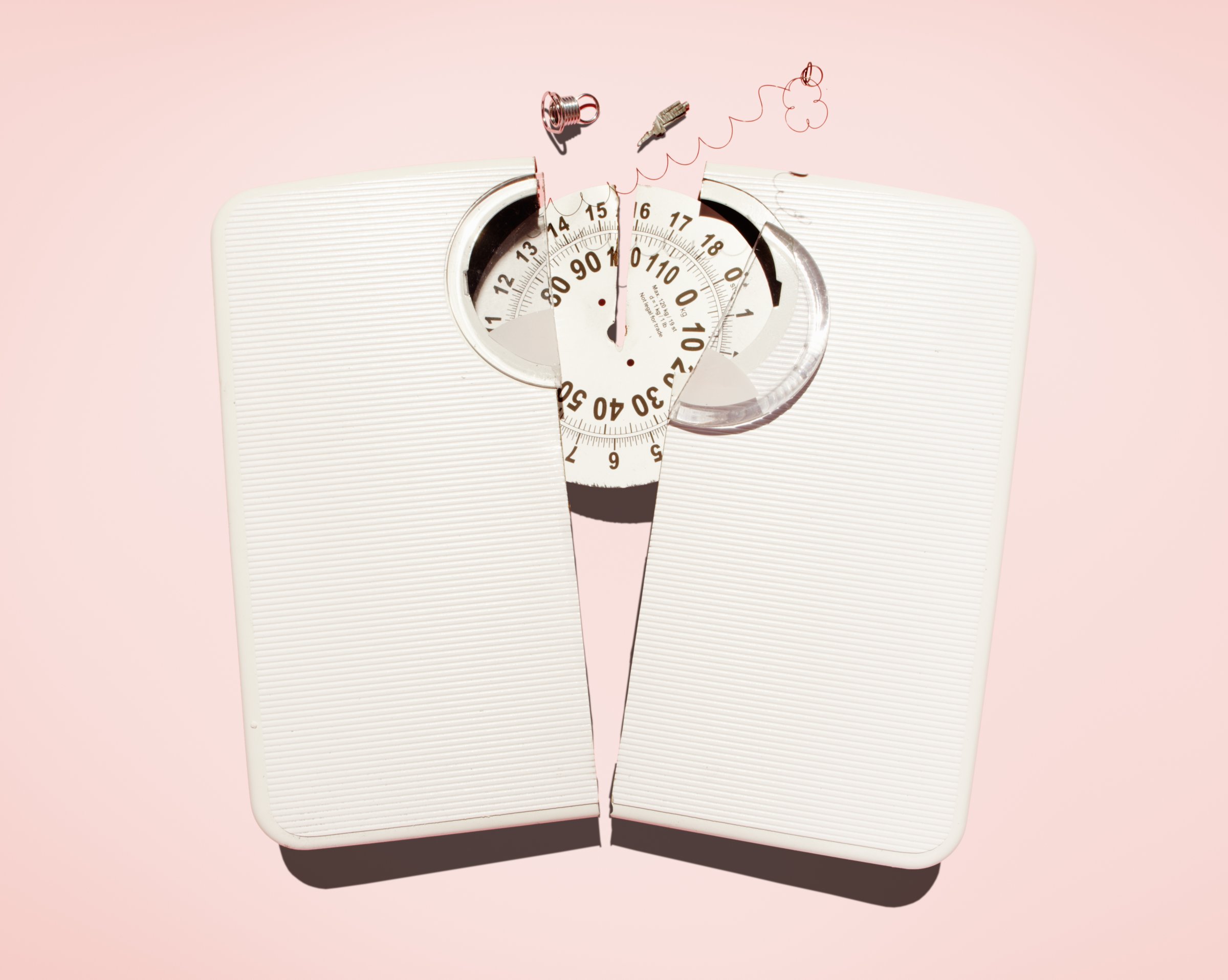
In a recent Facebook thread about weight loss that I was following, one commenter wrote that if she could write a diet book, she’d call it “Eat Less” and then leave all the pages blank. Drop the mic, call it a day, solve our obesity mess with a two-word prescription.
Most of us who have read anything about diets, obesity, and weight loss would nod in agreement. We have too much food, too much sugar, too many processed foods, and too many choices. And the reality is that we could likely engineer a one-size-fits-most diet that would push everybody back to healthy weights. Example: Eggs and berries for breakfast, grilled chicken salad with nuts for lunch, and fish with vegetables and avocado for dinner might get us there if we followed that plan every day (adjusting for variables like vegetarian options and allergies). Most of us who have read anything about diets, obesity and weight loss would also agree that it’s nowhere near that easy.
The diet dilemma has everything to with food. And nothing to do with food.
It really has more to do with adjusting our mindset so that healthy choices feel right—and don’t feel like deprivation, hard work or punishment.
I’ve spent most of my career writing about health, and I’ve spent most of my life in a bleep-off relationship with the scale. I’ve had quite a few lows (almost ballooning to 300 pounds while writing diet books, getting a D in sixth-grade gym class), and I’ve also had some successes. (For what it’s worth, our individual definitions of weight-loss success need to include not just pounds, but also things like bodily satisfaction, life satisfaction, numbers like blood pressure and achievement of other goals not associated with pounds.)
We all have the ability to change our mindsets—not with a tire-squealing hard left, but by simply drifting into a new lane of thinking. These 3 switches will help you start:
Reverse the leadership model. The protocol for people who want to lose weight typically comes in two forms. You have the people who seclude themselves, privately trying to swim upstream against all of the forces that will make them gain weight. And you have the follow-the-leader model, in which the would-be dieter listens to the plan/advice/program of the trainer, the doctor, the nutritionist, the author, the infomercial-machine-seller: the person who, by degree or some other definition, knows more about the subject than anybody else. There’s nothing inherently wrong with either model, because either of them can work.
The glitch, however, comes when the follower grows tired of following. And when one grows tired of following, one consumes three pieces of Oreo pie. It’s not that the experts don’t know what they’re doing, because most of the many I’ve worked with and interviewed in my career do. It’s just that we dieters, though most don’t even know it, need a more balanced mix of following and leading. We need to harness some of the power and control back from the people who are telling us what to do. We need to lead, even if we don’t look like we should.
Leadership can come in many forms, whether it’s being the person to arrange the neighborhood walking group, or the person who prepares the family meal and makes kale chips instead of buying chocolate chips, or the person who organizes a work team to run a 5K together. The last couple years, I’ve organized weekly workouts with friends and neighbors. I’m the worst athlete in the bunch, so at first glance, the question would be, Why is blubber boy in charge? Exactly zero percent of my friends have ever given me any inclination that’s what they felt. Instead, the dynamics of the group workout are that we all push and pull each other, no matter our athletic abilities. I know I’m not as good as the others, but I also know that these workouts don’t happen unless I kickstart them.
Dieters can redefine the roles we’re supposed to take, and that’s what drives changes in the way we think and act. This is where sustained energy comes from—what we deliver to others, we get in return.
Steer the fear. In the weight-loss world, fear is almost as bad of a word as pudding. We fear the scale. We fear the doctor. We fear shopping for clothes. We fear the camera. We fear being embarrassed. The more we fear, the more we retreat—and the harder it is to climb out of whatever destructive habits we have.
As someone who once was told I had child-bearing hips, I know that the fear is real, and I know it’s not easy to squash. But instead of letting fear steer us, we need to steer the fear.
Plenty of scholarly and popular writings have addressed the issue of goal-setting, though there is some debate about whether we should set dream-big goals or more attainable goals. My take: Every year, you should set at least one physical and mental challenge that scares you just enough to help you make good choices—because those choices are a means to reaching that goal. What is “just enough”? It’s that spot right in between “of course I can do this” and “no way in the world can I do this.” For me, it was taking on the challenge of trying to complete an Ironman in 2013 (2.4-mile swim, 112-mile bike, 26.2-mile run in a 17-hour time limit). I’ve found that the canyon in the middle of those two extremes is where the growth lies. Maybe it’s not fear in the traditional sense, but that bubbling angst of uncertainty feels different from and healthier than the kind of fear that dieters tend to have. (Tell us about your new challenge with the hashtag #TIMEtosteerthefear.)
Crank the voltage. As someone who has finished last in a race (maybe two, but who’s counting?), I do subscribe to the turtle-inspired mantra of slow and steady. When it comes to weight loss, that mindset will win the race. The choices we make over time, not one day or one hour, dictate the way that our bodies will look, feel and act.
I do think it’s a mistake to think that slow-and-steady is always the answer. Especially when it comes to exercise, we need high-intensity, those short periods of working as hard as we can. Why? Because that kind of work—the kind where you’re so immersed in the activity because it’s fun and intense—is what feels good, what feels enjoyable, what feels in the moment and what gives us the post-activity high that helps us make healthy decisions, especially when it comes to food choices.
My friend and sports psychologist Doug Newburg, PhD, has taught me a lot about the concept of feel, because he has studied how it works in hundreds of elite performers. It’s different than feelings or emotions. Exercise, like eating, shouldn’t feel like a chore. For it to truly work over the long term, it has to feel more like recess than like detention. Going all in—whether it’s running, dancing, playing tennis or playing tag with your kids—excites you enough to take you out of your own head, and that’s what makes you want to do it again and again. The byproduct of playing hard is that, without thinking, you find what you were after in the first place.
Ted Spiker (@ProfSpiker), the interim chair of the department of journalism at the University of Florida, is the author of DOWN SIZE: 12 Truths for Turning Pants-Splitting Frustration into Pants-Fitting Success.
See the 10 Healthiest Cities to Live in America




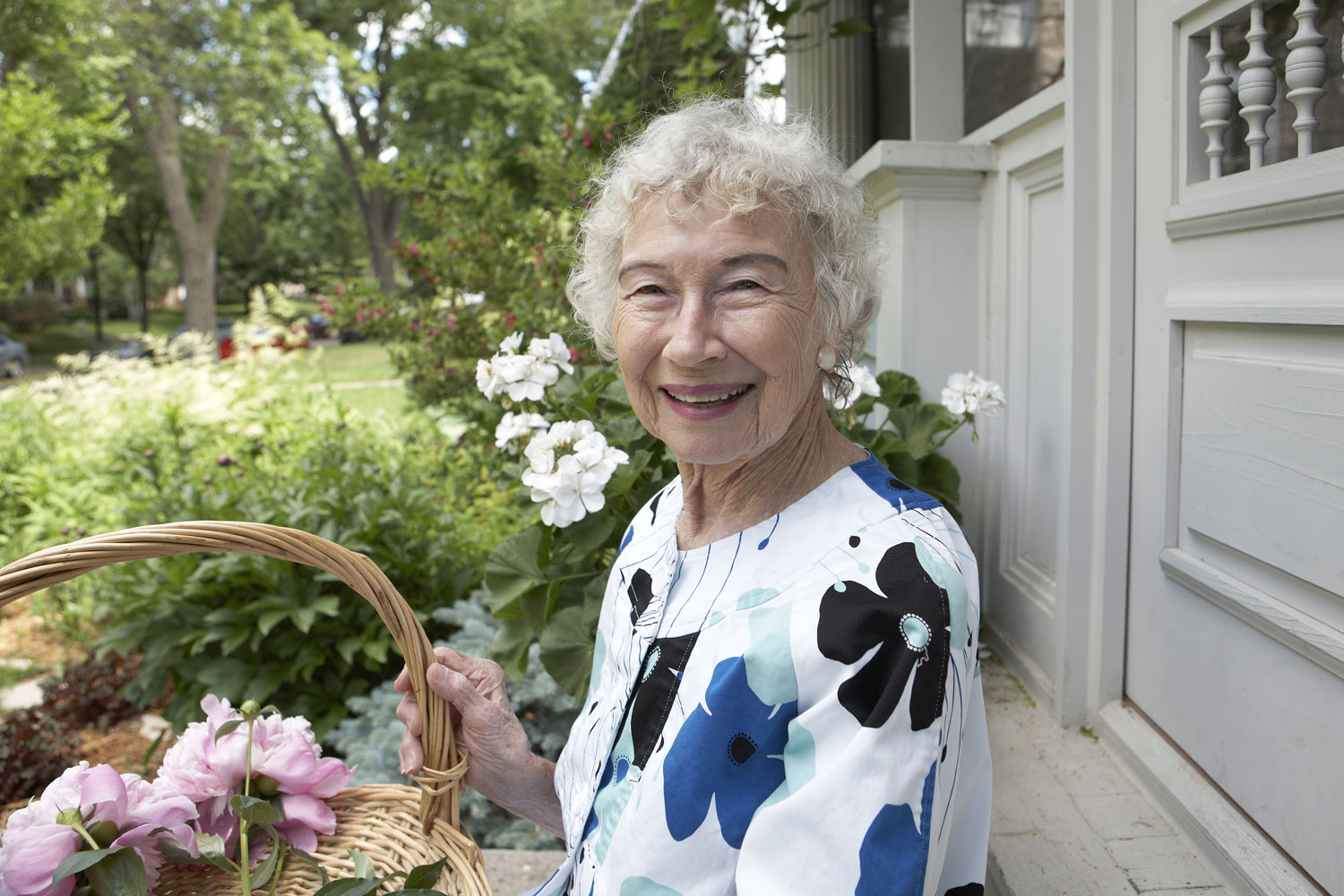

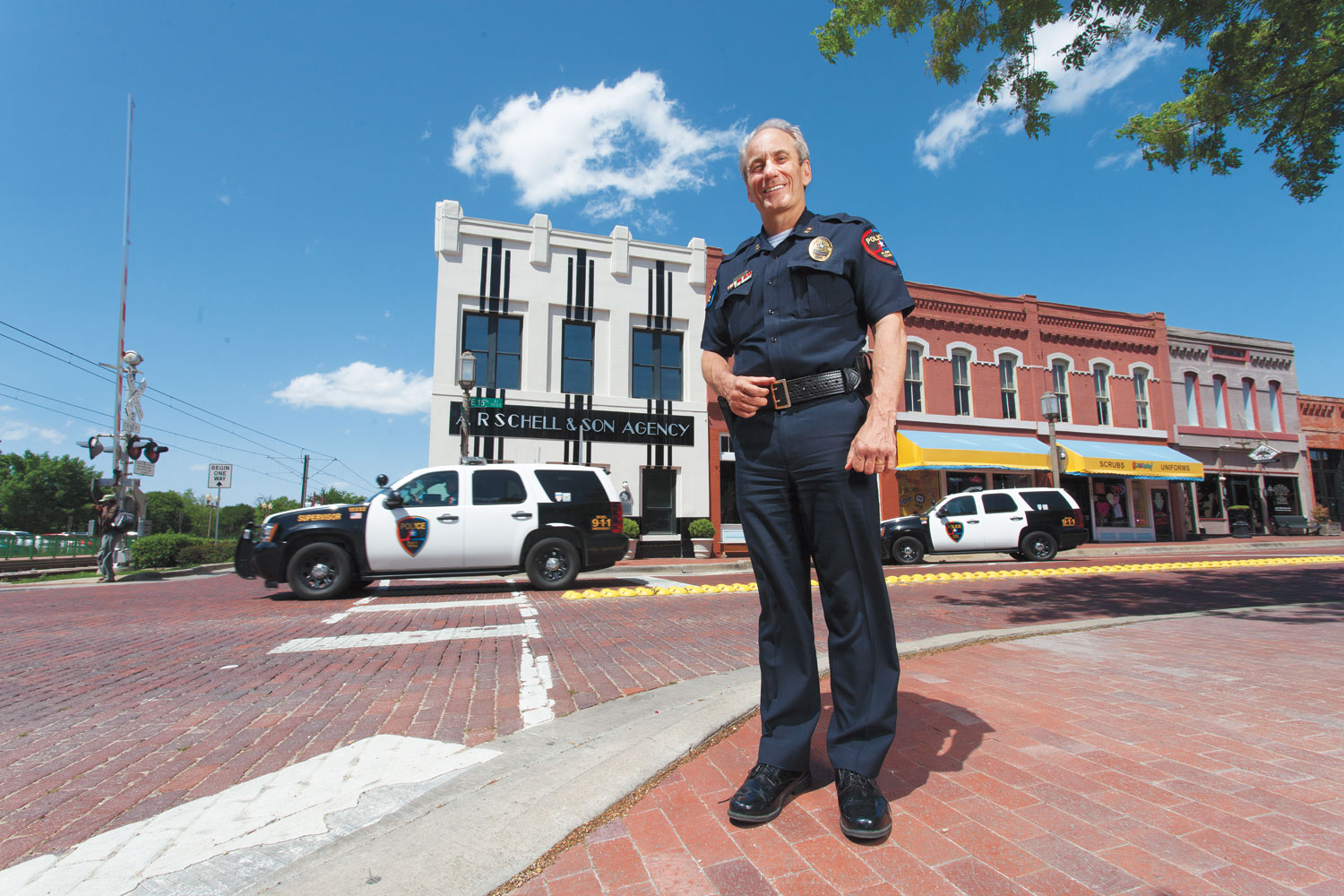
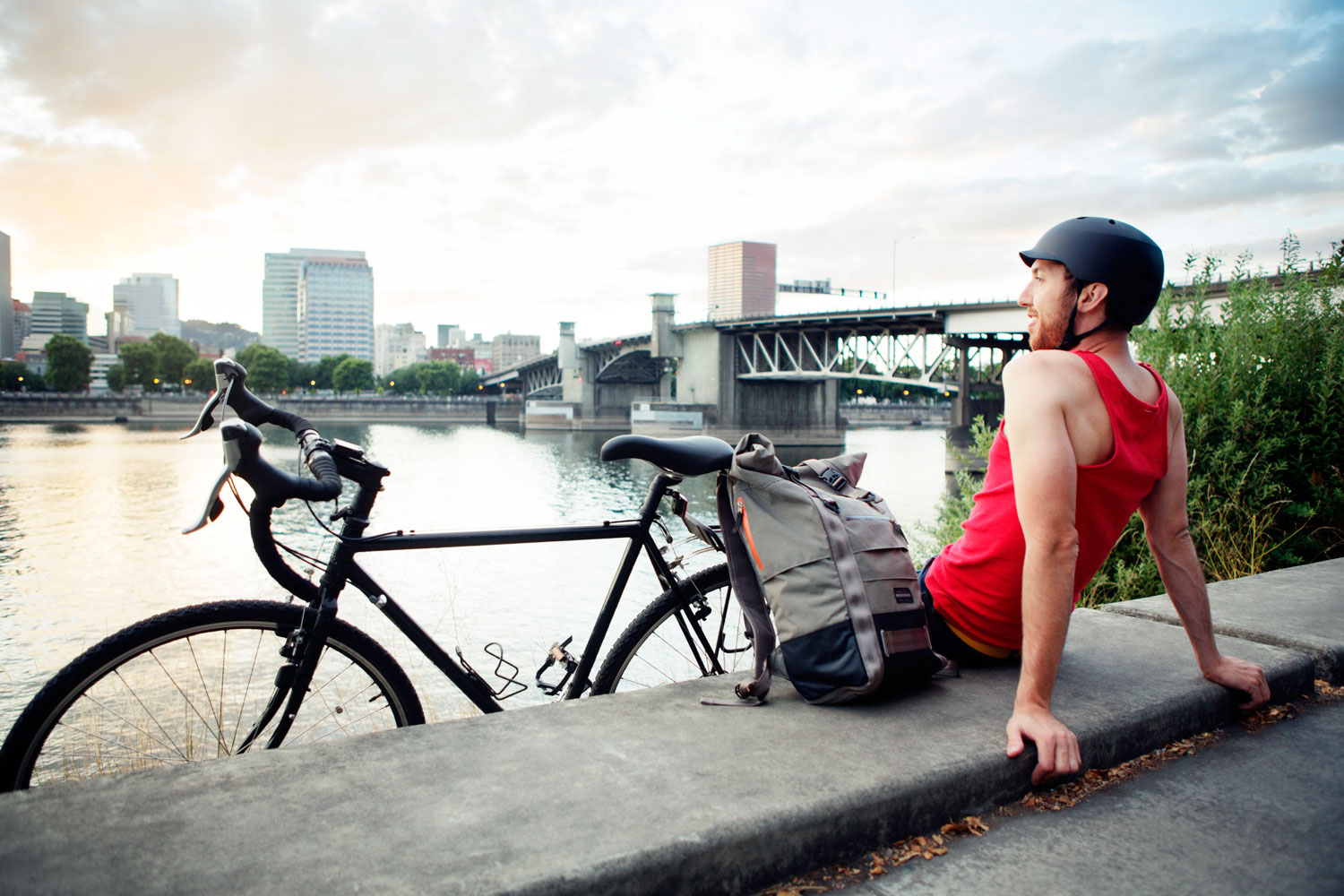
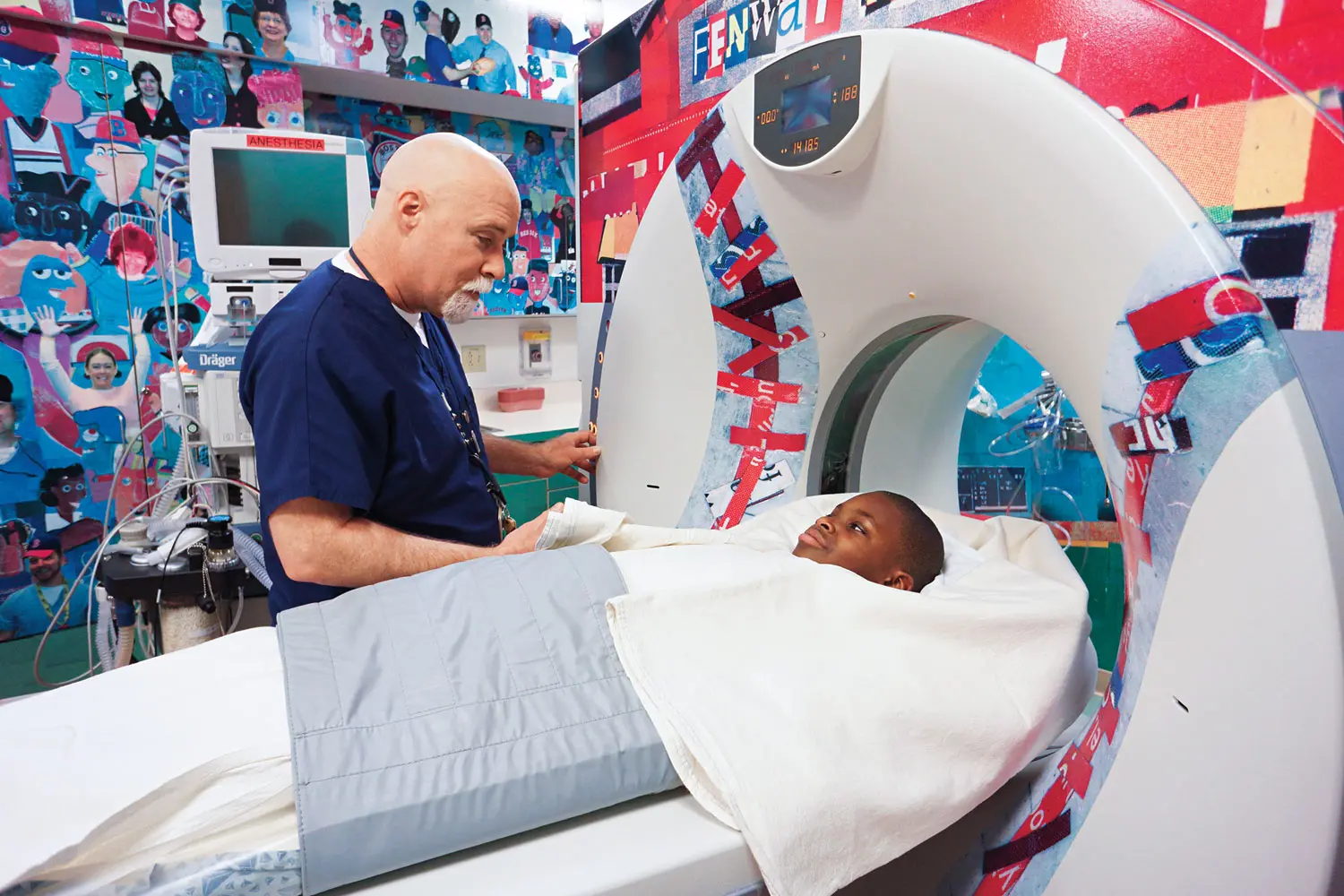

Read next: I Taught Fitness and Failed a Fat Test
More Must-Reads from TIME
- Cybersecurity Experts Are Sounding the Alarm on DOGE
- Meet the 2025 Women of the Year
- The Harsh Truth About Disability Inclusion
- Why Do More Young Adults Have Cancer?
- Colman Domingo Leads With Radical Love
- How to Get Better at Doing Things Alone
- Michelle Zauner Stares Down the Darkness
Contact us at letters@time.com